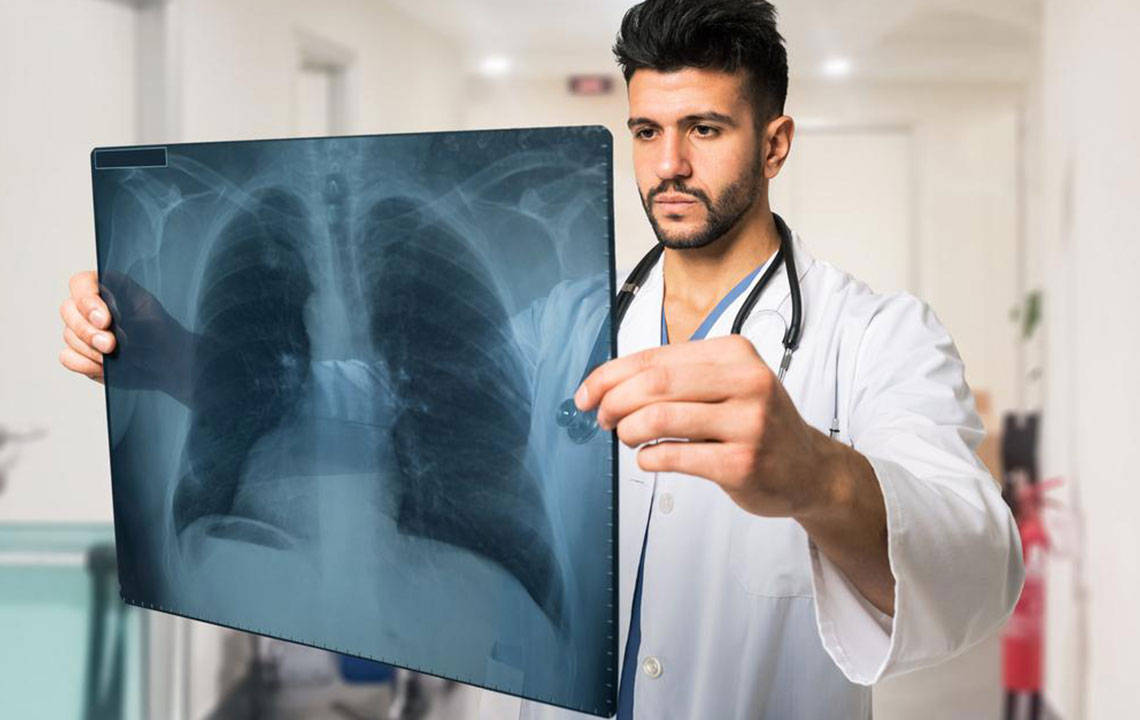Comprehensive Overview of Pulmonary Fibrosis: Causes, Symptoms, and Treatment Strategies
Pulmonary fibrosis is a serious lung condition involving scarring that hampers breathing. This comprehensive guide covers its causes, symptoms, diagnostic methods, and the latest treatment options like medications and lung transplants. Early detection and proper management are crucial for improving outcomes and quality of life for affected patients.

Comprehensive Overview of Pulmonary Fibrosis: Causes, Symptoms, and Treatment Strategies
Understanding Pulmonary Fibrosis
Pulmonary fibrosis is a progressive lung disease characterized by the formation of excess scar tissue within the lung tissue. This scarring diminishes lung flexibility and hampers their ability to efficiently exchange oxygen and carbon dioxide, leading to significant breathing difficulties. The condition predominantly affects the alveoli, the microscopic air sacs responsible for gas exchange between the lungs and bloodstream. As scarring advances, lung tissues become increasingly rigid, which hampers expansion during inhalation and impairs overall respiratory function.
While the precise etiology of pulmonary fibrosis remains elusive in many cases, various factors are recognized as potential contributors. Notably, exposure to environmental hazards such as inhaled asbestos fibers, silica dust, and other industrial pollutants can damage lung tissues over time. Genetic predispositions also play a role, especially mutations affecting surfactant proteins—critical molecules that reduce surface tension within the alveoli and maintain lung stability.
Moreover, autoimmune and inflammatory conditions like rheumatoid arthritis can induce lung scarring, along with exposure to radiation therapy and certain infectious diseases. Lifestyle factors, particularly smoking, significantly increase the risk of developing pulmonary fibrosis. Although the disease is not contagious, its impact on patients’ quality of life can be profound, necessitating comprehensive management approaches.
Patients with pulmonary fibrosis often present with symptoms like progressive shortness of breath, especially during physical activity, persistent dry cough that does not respond to standard treatments, and unexplained fatigue. Other signs include chest tightness or discomfort, unexplained weight loss, and a reduction in exercise tolerance. As the disease advances, individuals may experience cyanosis, or a bluish tint to the lips and fingertips, due to inadequate oxygenation. Recognizing these symptoms early is essential for timely diagnosis and intervention.
Risk factors are diverse and include prolonged exposure to inhaled toxins found in certain occupational environments, autoimmune conditions, and lifestyle choices such as smoking. Understanding these factors can aid in both prevention and early diagnosis.
Diagnosing pulmonary fibrosis involves a combination of clinical evaluation and sophisticated testing. Routine investigations include chest X-rays that can reveal areas of lung scarring and abnormalities. High-resolution computed tomography (HRCT) scans provide detailed images of lung architecture, helping identify the extent and pattern of fibrosis. Pulmonary function tests (PFTs) measure lung volume, capacity, and airflow, offering crucial data on the degree of impairment.
In some cases, a lung biopsy might be necessary to obtain tissue samples for histopathological analysis; this confirms the diagnosis and rules out other conditions. Once diagnosed, the treatment approach aims at alleviating symptoms, slowing disease progression, and improving quality of life. There is currently no cure for pulmonary fibrosis, but medical advances have introduced several therapeutic options.
Medications like Pirfenidone and Nintedanib have emerged as promising agents in reducing lung scarring and preserving lung function. These drugs work by targeting pathways involved in fibrosis development. Additionally, supplemental oxygen therapy is frequently used to manage hypoxemia—low blood oxygen levels—and improve activity tolerance. Pulmonary rehabilitation programs, which include physical therapy and breathing exercises, support patients in maintaining their activity levels and overall well-being.
For advanced cases where medical management fails to stabilize the patient's condition, lung transplantation may be considered. This surgical intervention offers potential life extension but involves careful candidate selection and management of postoperative risks. Early detection, ongoing monitoring, and a multidisciplinary approach are critical in optimizing outcomes for patients suffering from pulmonary fibrosis.
In summary, pulmonary fibrosis is a complex and progressive disease driven by various environmental, genetic, and lifestyle factors. Improved diagnostic techniques and emerging treatments are transforming patient management, making early intervention more effective. Awareness of the disease’s causes, risk factors, and symptoms is vital for both healthcare professionals and the public. Individuals experiencing persistent respiratory symptoms should seek prompt evaluation from specialists to ensure early diagnosis and appropriate treatment, ultimately enhancing their quality of life and prognosis.





